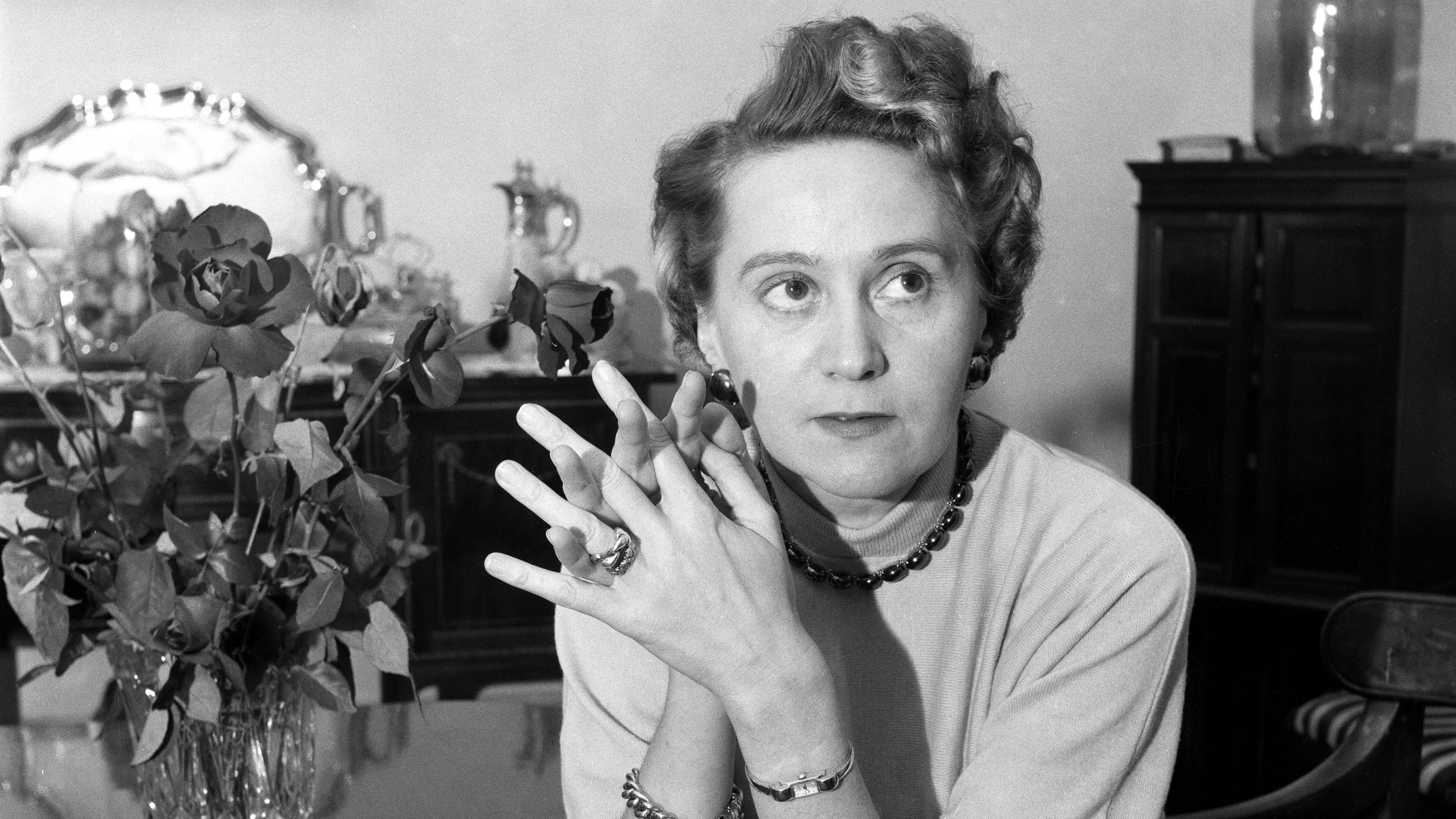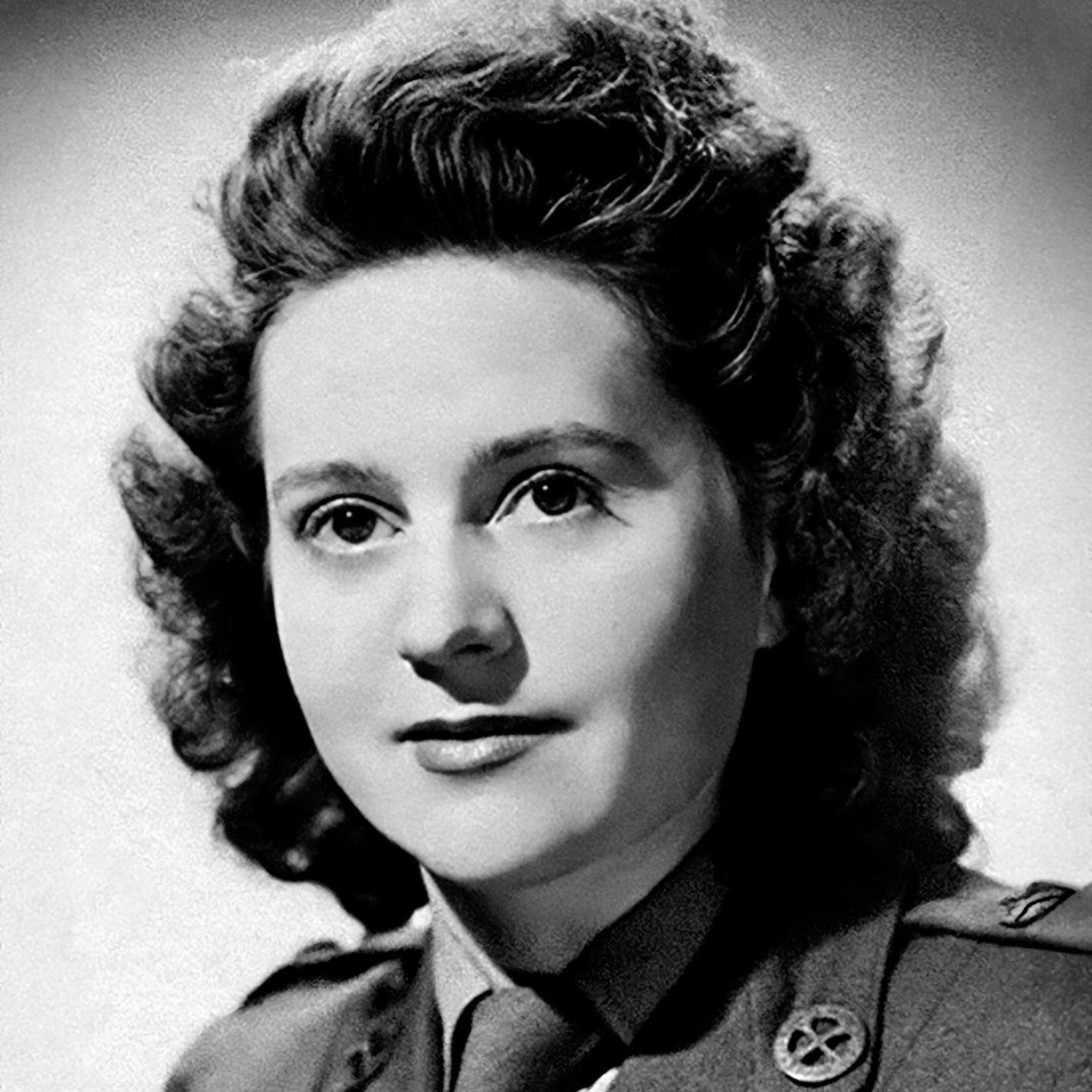
Code Name Lise: The extraordinary life of Odette Hallowes, WW2's most decorated female spy

Odette Hallowes has a story unlike anyone else.
Also known as Odette Sansom and Odette Churchill, she served in the British Special Operations Executive (SOE) and the First Aid Nursing Yeomanry (FANY) during the Second World War.
The SOE conducted espionage and sabotage operations and helped local resistance movements in occupied Europe and FANY is an all-female voluntary organisation that has been dedicated to providing versatile rapid response teams that assist civil and military authorities during crises since 1907.
- Women think around corners, men see in straight lines: WW2 veteran's comments go vira
- Charity Adams: The story of the highest-ranked black female officer of Second World War
- Lee: The female reporter who catalogued the horrors of the Second World War
Odette was the most highly decorated spy of the Second World War and was the first woman to be awarded the George Cross in the United Kingdom.
She was also awarded the Légion d'honneur in France.
Both of these awards were given to Odette for the incredible acts of heroism and courage she displayed during her service, which included enduring brutal interrogation at the hands of the Gestapo.
Odette Hallowes is one of a few to survive Nazi imprisonment.
In this article, BFBS tells the incredible story of Odette Hallowes with audio contributions by her granddaughter, Sophie Parker.

1912 - 1942
Odette was born in Northern France in 1912 and was only six years old when her father, Florentin Brailly, was killed fighting in the French town of Verdun shortly before the Armistice in 1918.
Odette was a bright but sickly child. From a young age her life was threatened when she contracted serious illnesses, including Polio, that blinded her for almost four years and left her bedridden for months.
Spending her teenage years in the French coastal city of Boulogne, she fell in love with Roy Sansom, a visiting Englishman who was involved in the hotel trade. The couple married in 1931 and moved to London.
Roy enlisted and became a sergeant in the British Army at the start of the Second World War. Odette relocated to Somerset with her three children and mother for safety during the war years while Roy was away.
But in 1942, Odette's country lifestyle was interrupted when she took a path that would change her life forever.
Unbeknownst to Odette, she had caught the attention of the War Office, who sought to enlist her as a secret agent for the SOE.
1942 – 1943
On the night of 2 November 1942, Odette landed on a beach near Cassis in Northern France. There, she met her new SOE comrades, including her Commanding Officer, Peter Churchill and a radio operator called Adolphe Rabinovitch.
Odette's first role was to find lodging for Rabinovitch (who was in France illegally) and to tend to air drops.
In January 1943, Odette and her comrades moved into a small hotel at St Jorioz, situated near Lake Annecy. The group thought they were safe, however, they had raised the suspicions of the Italian police and Gestapo.
One day, they were approached by a gentleman who only gave his name as Henri. He weaved a tale that he was an anti-Nazi German Colonel and that they should work together against Germany. But this was all an act.
On the night of 16 April 1943, Odette and Peter were arrested. Henri was actually Sergeant Bleicher of the Abwehr (the German Military Intelligence Service).
1943
Odette was taken to the Fresnes Prison, near Paris where she was brutally interrogated by the Gestapo about 14 times.
Despite her harrowing ordeal, Odette remained defiant and refused to give details of her colleagues' whereabouts. Instead, she fabricated a story that she hoped would keep her and Peter alive.
While in prison, Sergeant Bleicher frequently invited Odette with him to the cinema and to drink at expensive restaurants in the hope of persuading her to confess, but Odette declined his offers.
1943 – 1945
After the Gestapo Officers realised that they could not get any useful information out of Odette, they condemned her to death on two counts. Odette famously stood up to the Gestapos, defiantly responding: "Then you will have to make up your mind on what count I am to be executed, because I can only die once."
In June 1943, Odette was sent to the infamous Ravensbrük Concentration Camp in Northern Germany. At Ravensbrük, it was estimated that 50,000 women were murdered during the war years.
Odette was imprisoned for the rest of the war. She was initially put into a cell next to a punishment room where she could hear other women being beaten.
In her cell, Odette was kept on a starvation diet which typically consisted of coffee or tea for breakfast, watery soup for lunch and a small portion of bread for dinner.
While spending much of her time in the commandant's quarters, Odette was also transferred into solitary confinement next to the camp crematorium.
Odette described her experience of Ravensbrük as "a very sad spectacle", having even witnessed an instance of cannibalism by the starving prisoners.
To get through, Odette refused to accept death as an option, keeping in her possession a leaf as a symbol of hope.
1945 – 1946
As the Second World War drew to a close, Allied forces began to take large numbers of Axis prisoners.
It became apparent to the Nazi SS guards they would be held accountable for their war crimes.
Because of this, the Ravensbrük camp commandant, Fritz Suhren, took Odette to a nearby American base to use her as a bargaining tool to escape his own imprisonment.
But Odette immediately denounced him and, after the war, she testified against him in the 1946 Hamburg Ravensbrük Trials.
After the war, Odette divorced Roy in 1946 and for a brief time, was married to her wartime co-SOE agent, Peter Churchill.
Odette became a celebrated heroine, gaining fame after the publication of the biography 'Odette: The Story of a British Agent' by Jerrard Tickell and the release of 'Odette', a 1950 film about her WW2 ordeal.
In the years following, Odette lived a peaceful and happy life. She worked tirelessly to promote the importance of female SOE agents and also co-founded the annual Women of the Year Lunch.
She passed away in March 1995, aged 82. In 2012, the Royal Mail issued a special edition stamp featuring Odette as part of their Britons of Distinction series, in recognition of her outstanding work in the SOE.
Odette is remembered for her bravery and loyal service. But above all else, she is remembered for her selflessness.
She famously said: "My comrades, who did far more and suffered more profoundly than I, are not here to speak.
"Because of this, I speak for them."









